HOT OFFER! Save $20 per month for 6 months on all nbn internet plans!...Use promo code KERR20 at checkout! Hurry, limited time only!
Testing your NBN internet using a direct connection
Home & Business Internet Blog | MATE | 18 September 2019
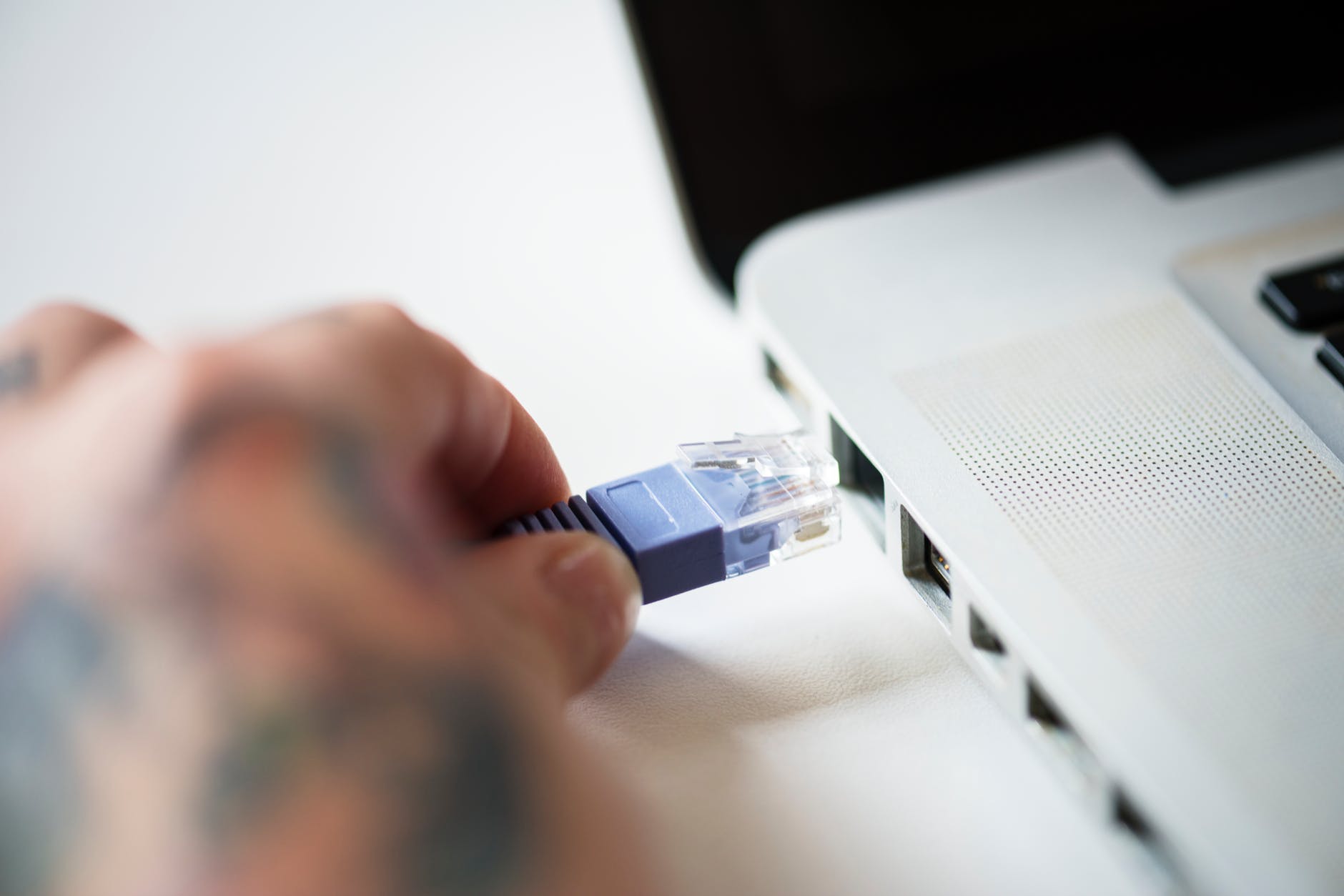
Wherever possible, it is always best to perform a speed test via a direct connection to your relevant nbn™ connection device, also known as a bridge connection.
Performing an nbn™ speed test in this manner provides the most accurate reading of your connection speed and will help diagnose any potential network issues.
Step 1: Connect your computer directly to your nbn™ connection device
Take an RJ-45 Ethernet cable (this is typically blue, yellow, grey or white) and plug one end into the active port on your nbn™ connection device. Plug the other end into your computer’s LAN/Ethernet port.
If your computer doesn’t have an Ethernet port, you may need a USB to Ethernet adapter to make the connection.
In most cases, the active port on your nbn™ connection device will be labelled UNI-D 1 or GATEWAY. If a different UNI-D port than UNI-D 1 was activated when your nbn connection was set up, please use that one instead.
The nbn™ connection device will vary depending on what type of nbn™ service you have – if you’re not sure, you can find more information in our setup guides and FAQ pages.
An Ethernet cable is larger than a telephone cable, so be sure you’re using the right cable. Fibre to the Premises (FTTP), Hybrid Fibre Coaxial (HFC) Fibre to the Curb (FTTC) and Fixed Wireless connections all connect using an Ethernet cable, so do not use a telephone cable with these connections.
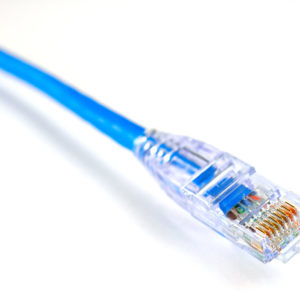
Once you’ve connected your computer directly to your nbn™ connection device, follow the below instructions to set up a direct or bridge connection.
Configure with Microsoft Windows
Configure with Apple macOS
Configure with Microsoft Windows operating system
1. Navigate to “Control Panel”, then click on “Network and Internet”

2. Click on “Network and Sharing Centre”
3. Click on “Setup a new connection or network”
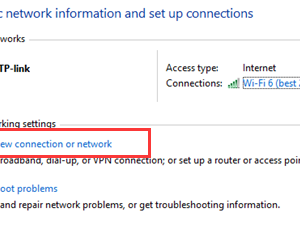
4. Click on “Connect to the Internet”
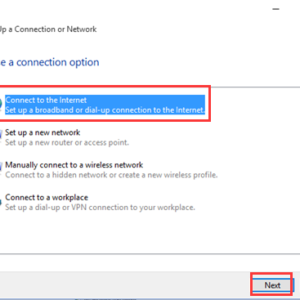
5. Click “set up a new connection anyway”
6. Choose “Broadband (PPPoE)”
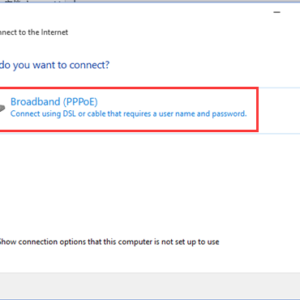
7. In the “Username” field, enter your supplied MATE connection username. This will be in the following format – [email protected]
Your MATE service username would have been emailed to you during the order process.
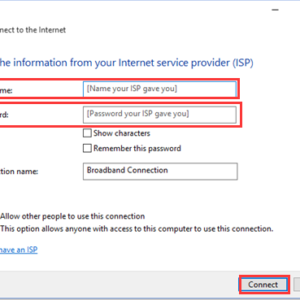
8. In the “Password” field, enter your supplied MATE connection password.
Your MATE service password would have been emailed to you during the order process. This is NOT the same password as your MATE self-care login.
9. If you’re unsure of your MATE connection username and/or password, contact our support team to obtain these details
Configure with Apple macOS operating system
1. On your Mac, choose Apple menu, then navigate to System Preferences and click on “Network”.
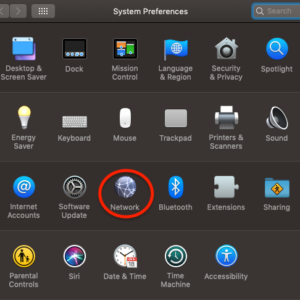
2. Click on the Add (+) button near the bottom right corner to add a new connection.
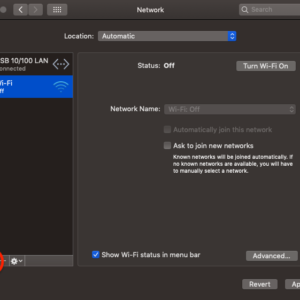
3. In the dropdown list for “Interface”, select PPPoE.
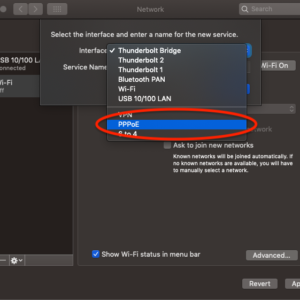
4. In the dropdown list for “Ethernet” select Ethernet or USB 10/100 LAN if you are using an adapter. Click “Create”.
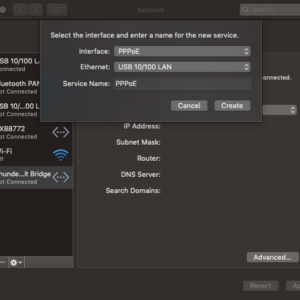
5. Leave the “PPPoE Service Name” field blank.
6. In the “Account Name” field, enter your supplied MATE connection username. This will be in the following format – [email protected]
Your MATE service username would have been emailed to you during the order process.
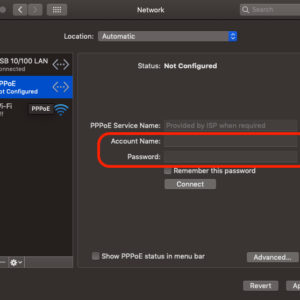
7. In the “Password” field, enter your supplied MATE service connection password.
Your MATE service connection password would have been emailed to you during the order process. This is NOT the same password as your MATE self-care login.
8. If you’re unsure of your MATE connection username and/or password, contact our support team to obtain these details.
9. Click “Apply”
